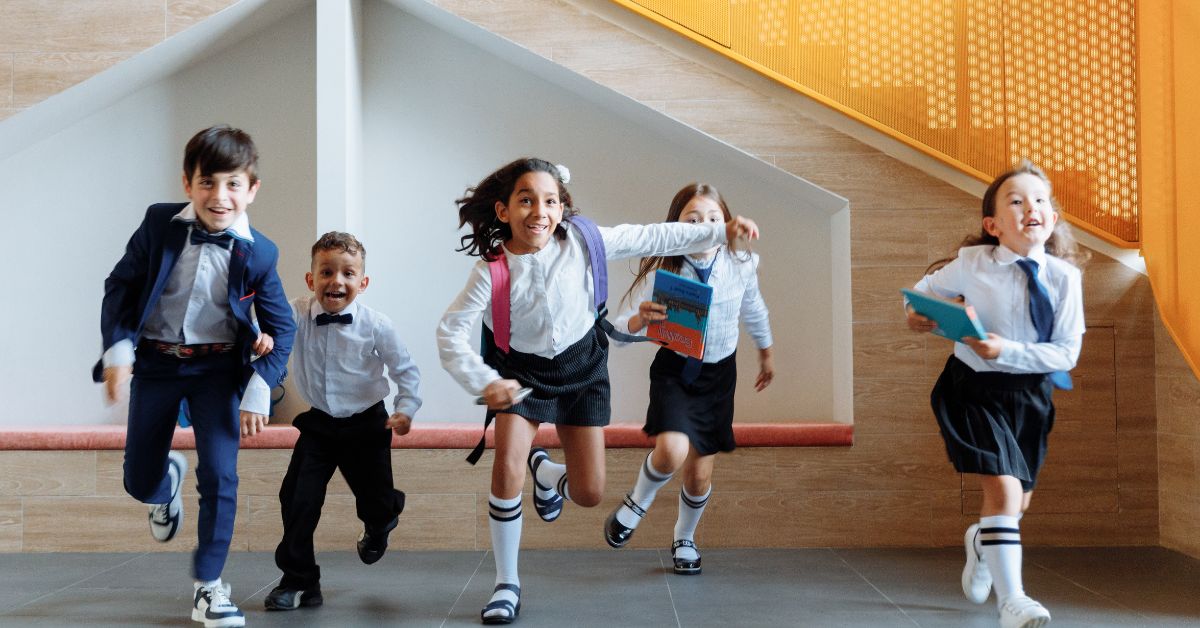In today’s fast-paced world, attention spans are shrinking while the demand for knowledge is growing. Traditional classroom models are struggling to keep up. Enter microlearning techniques — a modern solution that’s helping students learn smarter, not harder.
Microlearning is transforming how students absorb and retain information by delivering short, focused bursts of content. Whether it’s a 3-minute video, a quick quiz, or a flashcard review, this approach is making education more efficient, personalized, and engaging.
What Are Microlearning Techniques?
Microlearning is a teaching strategy that delivers content in small, manageable units — typically between 2 to 10 minutes. These “learning bites” are designed to meet specific learning objectives quickly and effectively.
Common Microlearning Formats:
- Short educational videos
- Interactive quizzes
- Infographics and charts
- Flashcards
- Mini case studies
- One-concept slides or audio clips
It’s not about cutting corners — it’s about cutting clutter.
Why Microlearning Works So Well?
1. Reduces Cognitive Load
The brain can only absorb so much at once. Microlearning breaks information into digestible chunks, making it easier to process and remember.
2. Fits Into Busy Schedules
Whether students are juggling school, extracurriculars, or part-time jobs, microlearning allows them to learn on the go — even during short breaks.
3. Boosts Retention and Recall
Spaced repetition, a key element of microlearning, strengthens memory by revisiting concepts at regular intervals.
4. Encourages Active Participation
Short quizzes, polls, and interactive elements keep learners engaged and motivated to continue.
Microlearning vs. Traditional Learning
| Feature | Traditional Learning | Microlearning Techniques |
|---|---|---|
| Session Length | 45–90 minutes | 2–10 minutes |
| Content Focus | Broad and comprehensive | Single, targeted concepts |
| Delivery Style | Lecture-based | Multimedia, interactive |
| Flexibility | Fixed schedule | Anytime, anywhere |
| Engagement Level | Often passive | Highly interactive |
Where Microlearning Is Making a Difference?
In Classrooms
Teachers use microlearning to introduce new topics or reinforce old ones. For example, a 5-minute animated video can summarize a complex historical event better than a long textbook chapter.
In EdTech Apps
Platforms like Duolingo, Khan Academy, and Quizlet use microlearning techniques to deliver daily lessons that feel more like games than studying.
In Higher Education & Career Training
Colleges and online learning platforms are offering micro-courses that let learners upskill quickly — perfect for certifications or job prep.
5 Powerful Microlearning Techniques You Can Use Today
- Flashcard Drills
→ Great for vocabulary, formulas, or quick facts. Apps like Anki or Quizlet make it easy. - Micro-Quizzes
→ Short quizzes after each topic help reinforce learning and boost confidence. - One-Minute Summaries
→ At the end of a lesson, have students summarize what they learned in 60 seconds. - Video Capsules
→ Use short videos to break down a concept visually. Platforms like Edpuzzle let you add quizzes inside the video. - Daily Learning Nudges
→ Send bite-sized content through push notifications or emails to create a habit of daily learning.
How to Implement Microlearning in Any Environment?
- Set Clear Goals
→ Know exactly what the learner should take away from each micro-lesson. - Keep It Focused
→ Don’t overload. Stick to one objective per session. - Use Varied Formats
→ Mix videos, text, quizzes, and visuals to appeal to different learning styles. - Track Progress
→ Use platforms or apps that allow progress tracking and performance analytics. - Encourage Reflection
→ Ask students to reflect briefly after each micro-lesson to reinforce retention.
Real Results: What Research Shows
According to a study by the Journal of Applied Psychology:
“Microlearning is 17% more efficient and improves retention rates by 22% compared to traditional learning methods.”
Another report by Software Advice found:
“94% of educators and students agreed that microlearning helped them better understand topics and stay motivated to learn.”
Conclusion: Less Is More
Microlearning techniques are proving that shorter learning sessions can lead to deeper understanding. In a world where time is limited and distractions are constant, microlearning meets students where they are — making education more personalized, accessible, and fun.
If schools, colleges, and educators embrace these techniques more widely, the future of learning could be faster, smarter, and far more engaging. After all, learning doesn’t need to be long to be effective.
FAQs
Q1: What is microlearning in simple terms?
It’s a learning method that delivers content in short, focused segments for quick and effective understanding.
Q2: How long is a typical microlearning session?
Usually between 2 to 10 minutes, focused on one specific topic or concept.
Q3: Are microlearning techniques effective for all ages?
Yes! From young students to working professionals, microlearning adapts well to all learning levels.








